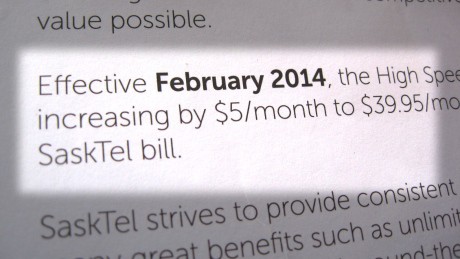
SaskTel is raising prices … and broadband speeds. (Image: CBC)
Internet access on the prairie is getting more expensive as provincial-owned phone company SaskTel notifies its Saskatchewan customers it is raising certain DSL and fiber broadband prices by $5 a month — a 14% rate hike.
Effective Feb. 1, prices for High Speed Classic DSL and fiber service will rise to at least $39.95 a month. For DSL customers, that means nearly $40 a month for 1.5Mbps service.
SaskTel, a crown corporation, is telling customers it needs the money to upgrade its network and maintain customer support.
The phone company has a bold plan to replace copper wire infrastructure with fiber to the home service in each of Saskatchewan’s nine largest communities: Saskatoon, Regina, Moose Jaw, Weyburn, Estevan, Swift Current, Yorkton, North Battleford, and Prince Albert. The fiber network, dubbed infiNET, is already operational in parts of Moose Jaw and will be introduced in Prince Albert this spring.
SaskTel has a range of price points for its fiber network ranging from $39.95 a month for 2/1Mbps service to 260/30Mbps service for $139.95 a month.
[flv]http://www.phillipdampier.com/video/SaskTel – Building the future with infiNET 5-30-13.mp4[/flv]
Sasktel’s $800 million fiber to the home project is Canada’s most ambitious, because it will blanker urban, suburban, and near-rural customers. This video explores innovations Sasktel is finding to deal with Saskatchewan’s harsh climate, including fiber cables that stay flexible at -40 degrees and directional boring to quickly and inexpensively install underground fiber to homes. (3:28)


 Subscribe
Subscribe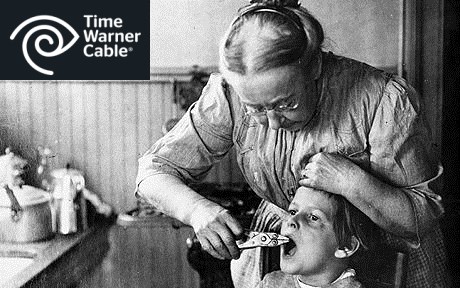 Getting Time Warner Cable’s heavily promoted reward card rebate, worth up to hundreds of dollars to customers switching providers or upgrading service, has proved a major hassle for some customers.
Getting Time Warner Cable’s heavily promoted reward card rebate, worth up to hundreds of dollars to customers switching providers or upgrading service, has proved a major hassle for some customers. Dr. John Malone’s Liberty Media is
Dr. John Malone’s Liberty Media is 
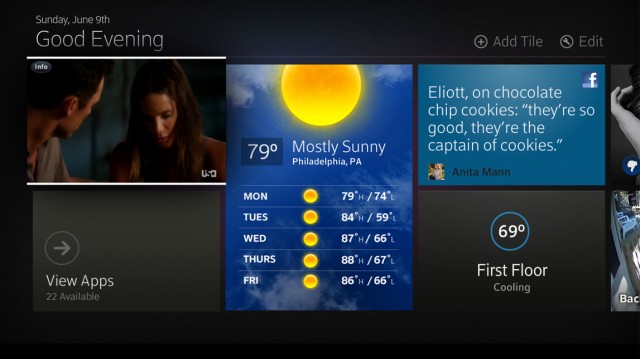 Just months after starting to rollout a new generation of Comcast’s X1 “entertainment operating system” set-top boxes, the cable company is preparing to upgrade the cable television experience with X2.
Just months after starting to rollout a new generation of Comcast’s X1 “entertainment operating system” set-top boxes, the cable company is preparing to upgrade the cable television experience with X2.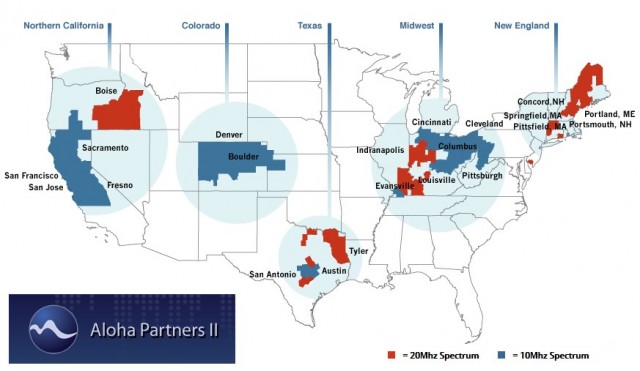
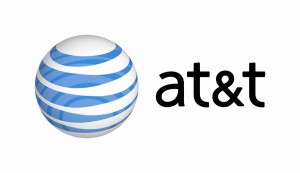 Financial terms were not disclosed.
Financial terms were not disclosed.